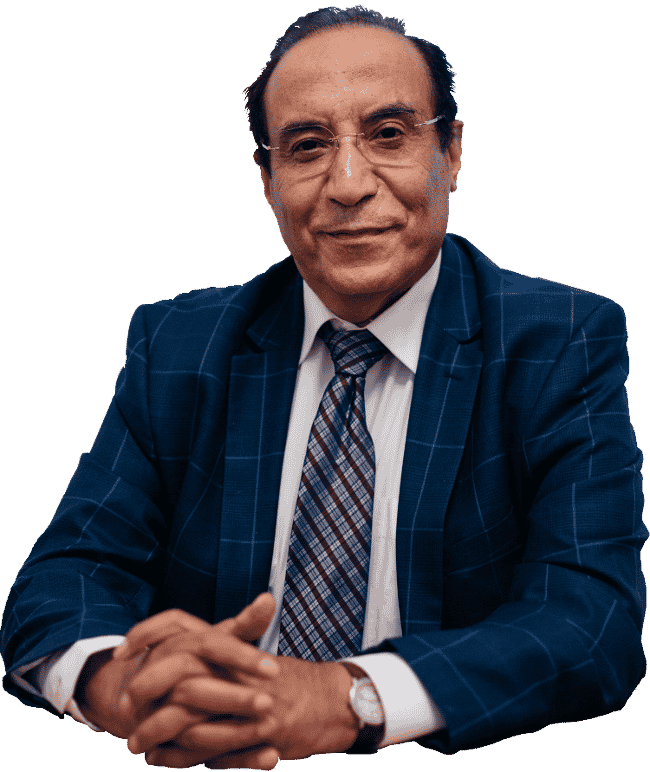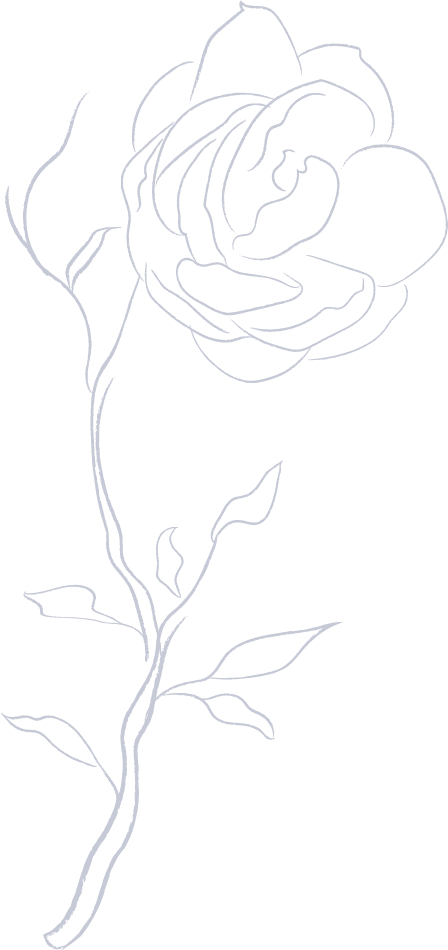Managing Discomfort
Pain Medication
As with any surgical procedure, some discomfort can be expected during the initial stages of recovery. Dr. Shahar will typically prescribe pain medication to help manage any post-operative pain. It’s important to follow his instructions regarding dosage and frequency to ensure optimal pain relief while minimizing the risk of potential side effects.
Cold Compresses
Applying cold compresses or ice packs to the cheeks and eyes can help alleviate discomfort and reduce swelling in the days following surgery. Be sure to avoid direct contact between the ice pack and the skin, and limit application to 20-minute intervals, allowing the skin to warm up between sessions.
Minimizing Swelling
Head Elevation
To reduce swelling and promote proper blood circulation, it is essential to keep your head elevated during the initial stages of recovery. Patients should sleep with their head elevated on multiple pillows or use a specially designed wedge pillow to maintain a comfortable and supported position.
Avoid Strenuous Activity
Patients should avoid strenuous activity and exercise for at least two weeks following secondary rhinoplasty. Engaging in rigorous activities too soon may increase swelling and delay the healing process. It is important to consult with Dr. Shahar before resuming any physical activities to ensure a safe and successful recovery.
Promoting Proper Healing
Follow Post-Operative Instructions
Dr. Shahar will provide detailed post-operative instructions tailored to your specific needs. Following these guidelines carefully is crucial for promoting proper healing and preventing complications. This may include information on wound care, medication usage, and activity restrictions.
Attend Follow-Up Appointments
Regular follow-up appointments with Dr. Shahar are essential for monitoring your progress and ensuring a smooth recovery. During these visits, Dr. Shahar will assess your healing, address any concerns, and make recommendations for further care if needed.
Be Patient
Recovery from secondary rhinoplasty can take longer than primary rhinoplasty, and final results may not be apparent for up to a year or longer. It is important to be patient and give your body ample time to heal. Avoid comparing your recovery timeline to that of others, as each patient’s experience can vary.
Recovering from secondary rhinoplasty requires patience, diligence, and a commitment to following Dr. Shahar’s expert guidance. By managing discomfort, minimizing swelling, and promoting proper healing, patients can improve their chances of a successful recovery and ultimately achieve the desired results. Dr. Shahar’s expertise in secondary rhinoplasty has helped numerous patients overcome the challenges of a previous unsatisfactory procedure, enabling them to enjoy a renewed sense of confidence and satisfaction with their appearance.


